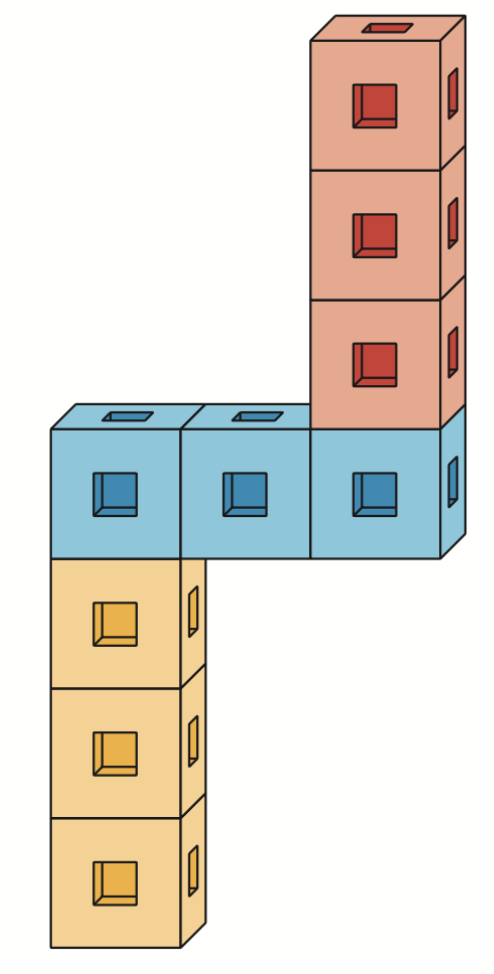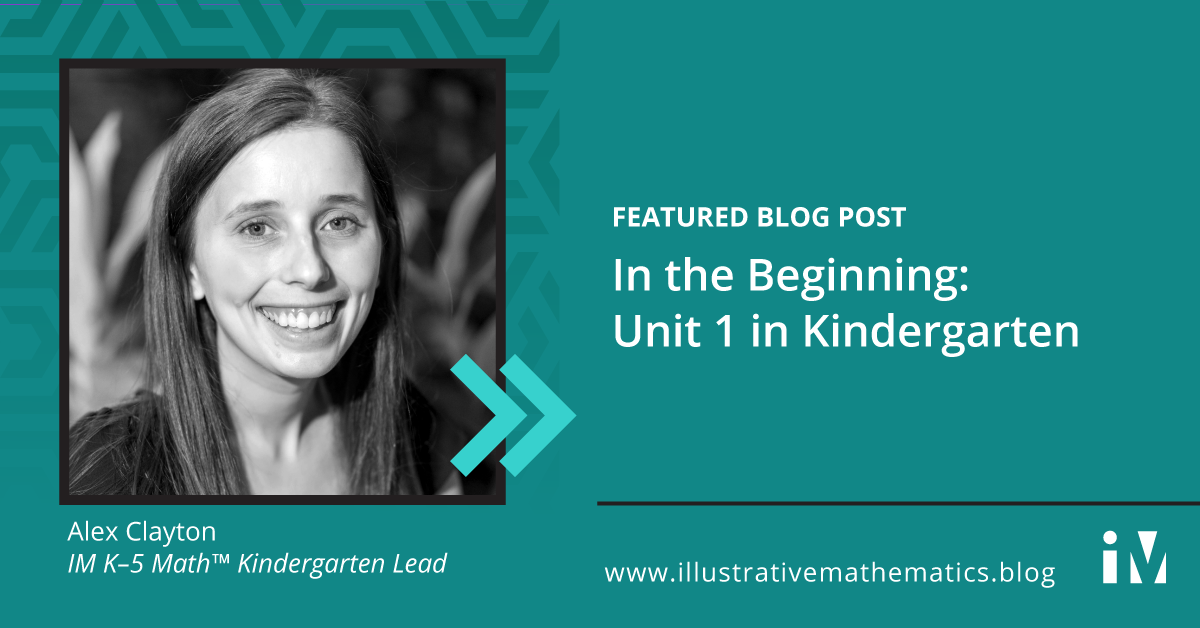By Alex Clayton
When was the last time you stepped into an entirely new environment? You weren’t sure exactly what was going to happen. There was no one you recognized. How did you feel: Uncertain? Anxious? Hopeful?
During morning circle on the first day of kindergarten, I asked students how they were feeling. Many students would share that they felt happy but also unsure. They felt unsure about where to sit, about where to put their backpack, about all of these new people, and about when it would be time for lunch.
I would feel this way at the beginning of a new school year, too. Even with a familiar environment, meeting a new group of students was always an exciting adventure, full of unknowns. Because of this, I often waited until the second or even third week of school to start our math curriculum in earnest. I needed time before that to get to know my students. I wanted students to feel comfortable, to develop our classroom community, and, most importantly, to teach them where the bathroom was. I thought that I needed to do all of these things first and then start teaching math.
But our IM K–5 Math team designed Kindergarten Unit 1 so that it can be used right away in classrooms. The lessons in this unit are intentionally shorter, to allow time to develop classroom routines and procedures, to get to know students while also building a math community.
Exploring our math tools
Unit 1, Section A is titled Exploring Our Math Tools, but really it is all about exploring our new math community as well!
During this section, we are introduced to many of the tools that will be used throughout the year: connecting cubes, two-color counters, pattern blocks, 5-frames, and geoblocks. Students get to explore these materials freely. They discover how the materials work and try out their own ideas, before they are ever asked to use them for a specific mathematical purpose.
Equally important, students get to practice sharing their ideas (“What do you want to make or do with the connecting cubes?”) and listening to the ideas of others. These are some of the first steps in building a mathematical community where everyone has valuable mathematical ideas. We learn from each other.
Discovering quantities—and our new classroom!
In the next section of Unit 1, Recognize Quantities, students recognize and name how many items there are without counting. This is called subitizing. We are building off of students’ desire to notice and describe the world around them, especially as they are adjusting to a new classroom. They do this through noticing and identifying objects in their classroom: There are 2 windows, 3 smiley faces on the door, and 1 clock. Students also look through picture books to find groups of objects as well—an experience that hopefully encourages them to notice numbers and quantities even outside of math time.
Are there enough?
Many students are interested in being involved in their classroom. They want to be helpers. They also have an acute sense of fairness. One way that we build on these natural instincts is by asking “Are there enough?” In Unit 1, Section C, students work together to figure out if there are enough pencils for everyone at their table. Matching one object to one person is establishing a foundation that students will build on as they count and compare in future lessons and units. This short section is hopefully a launching pad for the idea that we can use math to answer questions and solve problems in our world. And as an added bonus, students will be so excited (and more prepared) to help gather and pass out things in class!
Counting collections
Counting is some of the major work we do in kindergarten, but we intentionally chose to save it for the last section of this unit. Why? In the other sections in this unit, students are offered plenty of opportunities to count, but they do not need to count to participate in the activities.
Here is an activity from Section A, “Exploring Our Math Tools.” How might a student count during this activity? How might a student participate in this activity without counting?
Use your connecting cubes to build this object.

From IM K-5 Math (Kindergarten Unit 1, Section 1, Lesson 5, Activity 1)
Students come to kindergarten with a wide range of experiences, and we wanted everyone to be able to participate from the very first day. We did not want lack of experience counting to prevent students from accessing the activities. Students could count and find out that they need 9 total connecting cubes. Or they could subitize and know that there are 3 red connecting cubes without counting. Or they could place a connecting cube on top of each connecting cube in the picture and then put them together. Some students may attend to the different colors while others may focus on the shape. Each of these ways (and many others) of completing the activity are equally valid and provide insight into students’ mathematical ideas and experiences.
The last section of Unit 1 is an introduction to many of the counting concepts that students will continue to develop throughout the year: saying the numbers in order, matching one number with one object, answering “how many” questions. Students are invited to bring collections of objects from home and discuss when and where they see counting in their everyday lives.
The Classroom Experience
In writing Unit 1 of Kindergarten, we thought a lot about what we want students to do, but also about how we want students to feel. We want them to feel:
- Welcomed
They are invited to the mathematics and to a learning community. - Important
They have valuable ideas to share that others can learn from. - Comfortable
They are comfortable learning mathematics while also learning about their new teacher, new classroom, and new peers. - Connected
Math is a part of their world, inside and outside of school, and math can help them make sense of the world.
Next Steps
How do you hope that students feel after the first unit of the year? How can the content of the first unit support this?
